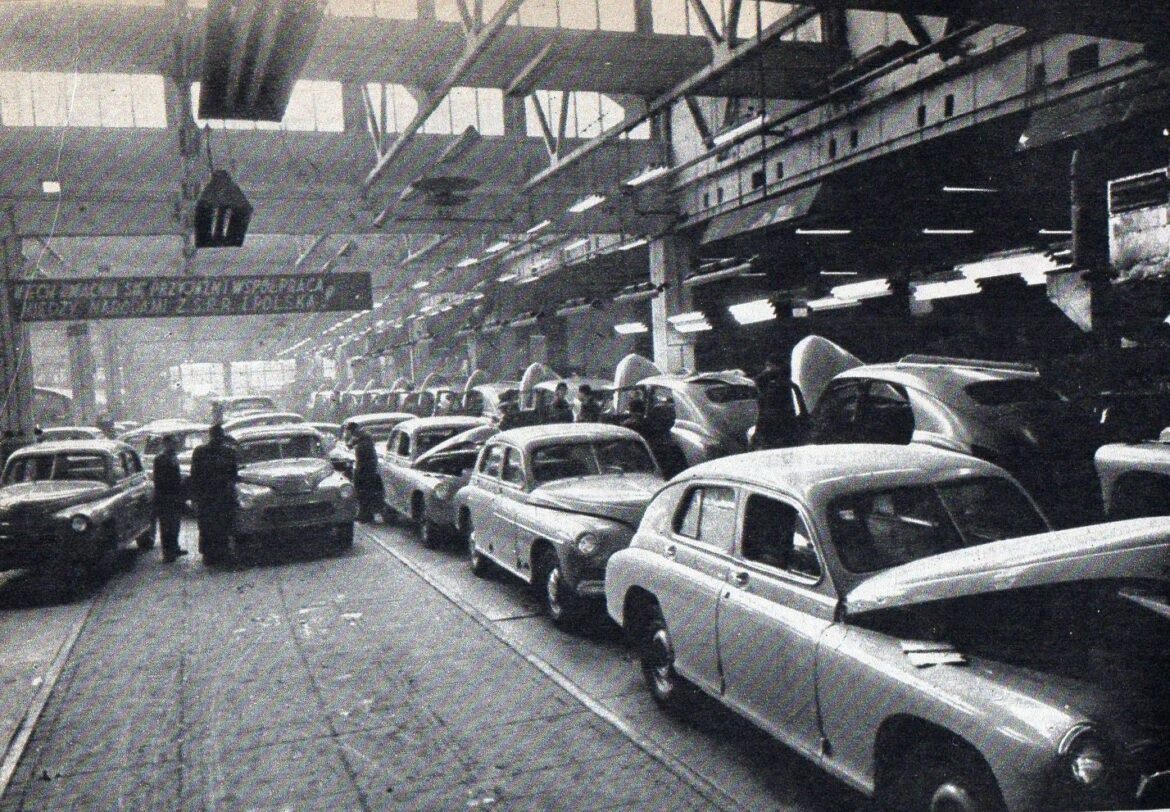The FSO “Warszawa” is one of the most famous Polish cars, which for a long time was a symbol of domestic automotive industry. Production of this popular vehicle started in 1951. The last “Warszawa” rolled off the assembly line on 30 March 1973.
The car was the first vehicle of this type to be mass-produced in Poland after World War II. Unfortunately, it failed to compete with Western brands.
The vehicle debuted on the market as a successor to the popular Pobieda M20, produced by the Soviet brand GAZ. Due to the lack of availability of personal cars in Poland after World War II, the “Warszawa” proved to be a highly desirable model and quickly won the hearts of Poles. Over time, the car became a symbol of Polish automotive design and even became a national pride.
The FSO “Warszawa” was a high-class car that offered many improvements compared to its predecessor. It was equipped with a 2.1-litre petrol engine that generated 52 hp, which allowed it to reach a top speed of 110-115 km/h.
One of its defining features was its robustness and durability. It was designed to cope with the difficult conditions of Polish roads. A big advantage, in the opinion of users, was also the simplicity of construction. Thanks to this, the vehicle was popular among drivers who were looking for a reliable and solid car.
However, the ‘Warszawa’ also had its drawbacks. The car was very heavy and had high fuel consumption. In addition, however, its design, compared to Western models, was quite outdated, which ultimately led to a decline in the popularity of the brand.
Over the many years of production, the FSO “Warszawa” underwent many modifications and improvements. Among other things, the car gained more modern features such as new seats and instrument panel, a four-speed gearbox and new styling elements.
Although the ‘Warszawa’ is no longer in production, it is still very popular with car enthusiasts and vintage car collectors. Many copies of this vehicle have been restored and delight the eye today.
In total, more than 250,000 “Warszawa” cars were produced, of which more than 70,000 were exported (e.g. to Bulgaria, China, Romania, Columbia, Albania). Its successor was the Polish Fiat 125p.





